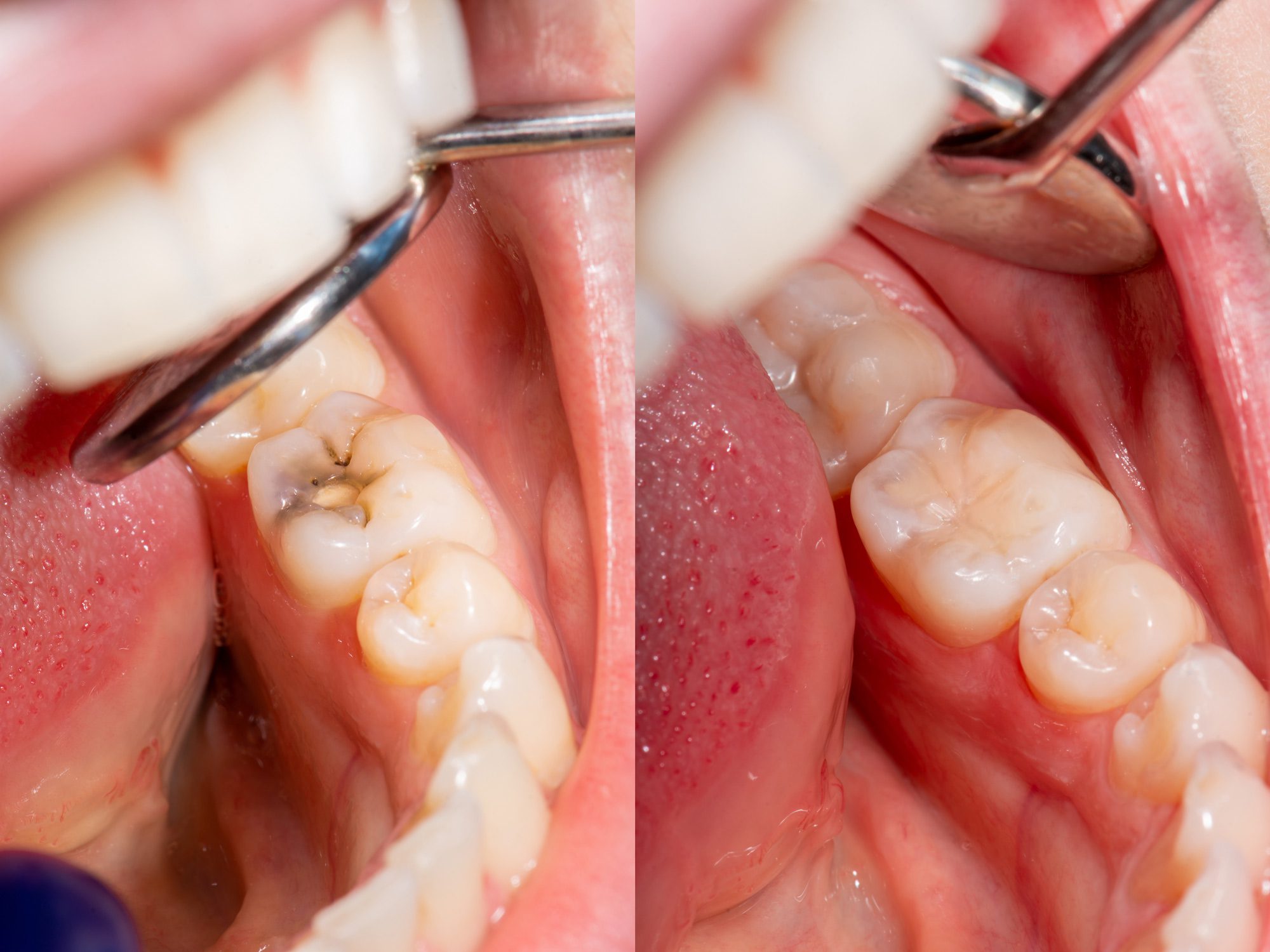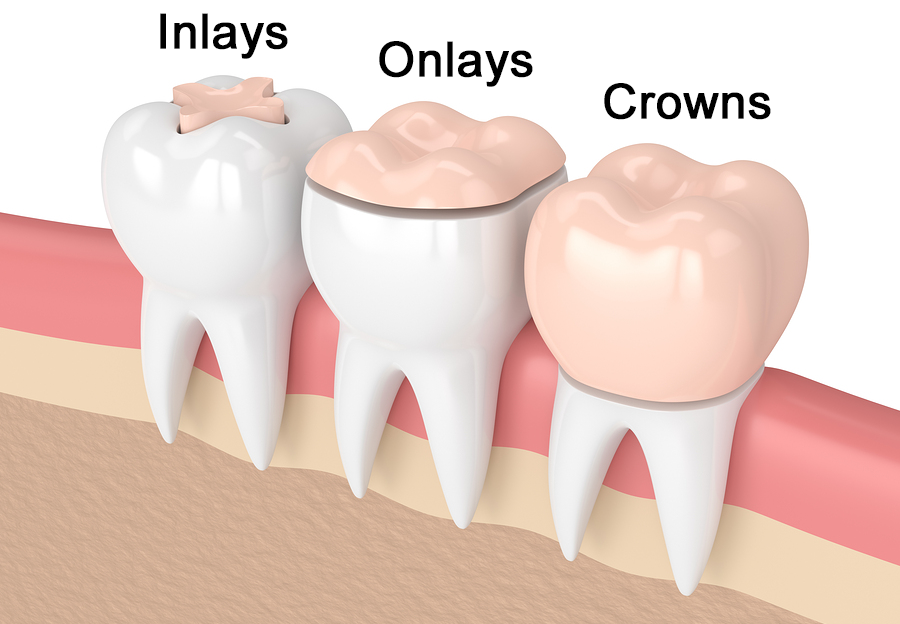Maintaining good oral health is essential for overall well-being, and when it comes to addressing tooth decay or damage, there are various treatment options available. Two common restorative procedures are dental inlays and fillings. While both aim to restore a tooth’s functionality and appearance, they differ in their approach and application. In this article, we will explore the differences between dental inlays and fillings, their advantages, disadvantages, and when each treatment might be the best choice for your oral healthcare needs.
Dental Fillings:
Dental fillings are a long-standing and widely used method for treating cavities or small areas of tooth decay. They are typically made of materials like amalgam (a mixture of metals) or composite resin (a tooth-colored material). Here are some key characteristics of dental fillings:
- Application: Fillings are applied directly into the cavity or damaged area of the tooth, where the dentist shapes and hardens the material in place.
- Size of Restoration: Fillings are best suited for smaller to moderate-sized cavities and minor tooth damage.
- Procedure: The process of getting a dental filling is usually quick and can often be completed in a single dental visit.
- Appearance: Composite resin fillings are aesthetically pleasing as they can be matched to the color of the natural tooth, making them less noticeable.
- Durability: While durable, fillings may need to be replaced over time due to wear and tear.
Dental Inlays:
Dental inlays, on the other hand, are a more conservative restorative option that is often chosen for larger cavities or when the damage to a tooth is extensive but not severe enough to warrant a crown. Here are the key characteristics of dental inlays:
- Application: Inlays are custom-made restorations created in a dental laboratory. They are then bonded into the prepared cavity within the tooth.
- Size of Restoration: Dental inlays are typically used for larger cavities that are beyond the scope of a traditional filling but not extensive enough to require a crown.
- Procedure: The process of receiving a dental inlay usually involves two dental visits. During the first visit, the dentist prepares the tooth and takes impressions, while the second visit involves the placement of the custom-made inlay.
- Appearance: Inlays are made from materials like porcelain, which closely resemble natural tooth color and provide an aesthetically pleasing result.
- Durability: Dental inlays are known for their durability and can last for many years with proper care.
Choosing Between Inlays and Fillings:
The decision between dental inlays and fillings depends on the size and location of the cavity or damage, as well as your dentist’s recommendations. Here are some considerations:
- Cavity Size: Smaller cavities are typically treated with fillings, while larger ones may benefit from inlays.
- Tooth Strength: Inlays provide additional structural support to the tooth and are preferred when the tooth’s integrity needs to be maintained.
- Aesthetics: If appearance is a concern, inlays are often the preferred choice due to their natural look.
- Cost: In general, inlays tend to be more expensive than fillings due to the customization involved.
temporary dental filling
A temporary dental filling, often referred to as an interim or provisional filling, is a short-term solution used in dentistry to address various situations. These fillings are typically applied when a tooth requires immediate attention but may not be ready for a permanent restoration, such as a crown or a more substantial filling. Temporary fillings are commonly used in cases of dental emergencies, deep cavities, or while waiting for a dental laboratory to craft a custom-made permanent restoration. These fillings are designed to provide temporary relief from discomfort, protect the tooth’s inner pulp, and maintain proper function until a permanent solution can be implemented. They are usually made of materials like dental cement or composite resin and are not as durable as permanent fillings. Patients receiving temporary fillings are usually advised to exercise caution when eating and to schedule a follow-up appointment for a more permanent dental restoration.
Both dental inlays and fillings play crucial roles in restorative dentistry, offering effective solutions for addressing tooth decay and damage. The choice between the two depends on the individual’s specific needs, the size of the cavity, the location of the tooth, and aesthetic preferences. Your dentist will help guide you in making the right decision to ensure your oral health is restored and maintained effectively. Regular dental check-ups are essential in catching and addressing dental issues early, increasing the chances of less invasive treatments like fillings or inlays being viable options.




